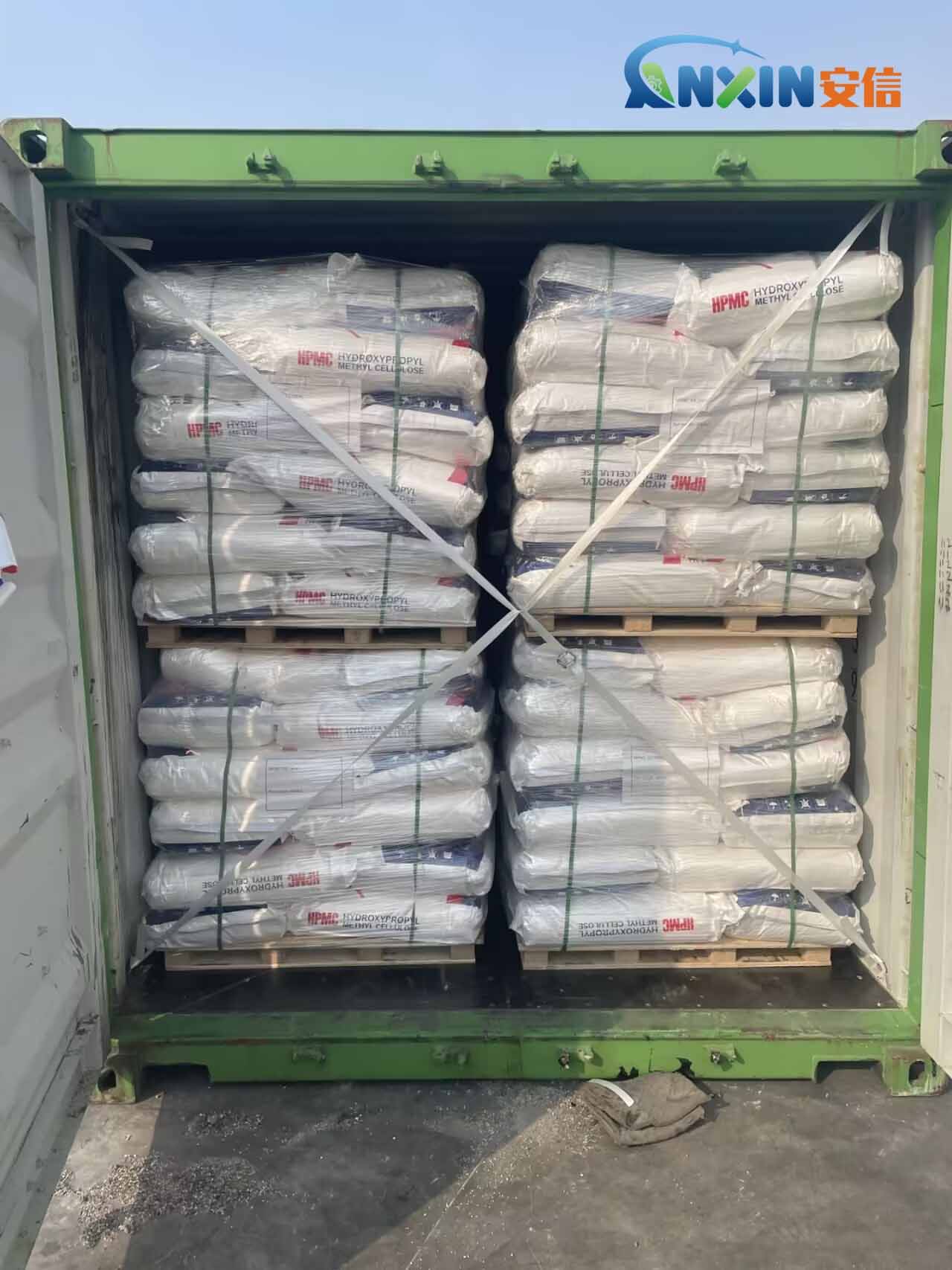Hydroxypropyl Methyl Cellulose (HPMC) is a commonly used water-soluble cellulose ether, which is widely used in building materials, coatings, medicines and food. In cement-based building materials, HPMC, as a modifier, is often added to cement mortar to improve its performance, especially in the process of construction and use. It has a significant impact on the fluidity, water retention, operability and crack resistance of the mortar.
1. Effect of HPMC on the fluidity of cement mortar
The fluidity of cement mortar is an important indicator to measure its construction performance, which directly affects the construction efficiency and quality. As a polymer material, HPMC has good water solubility and surface activity. After being added to cement mortar, it can form a thin film through intermolecular interactions, increase the viscosity of the mortar, and thus improve the fluidity and operability of the mortar. Specifically, HPMC can effectively adjust the consistency of the mortar, making it easier to apply and evenly distribute during the construction process, avoiding construction difficulties caused by over-drying of the mortar.
HPMC can also extend the open time of mortar, that is, increase the use time of mortar during construction, and avoid the construction effect affected by too fast evaporation of water, especially in high temperature and dry environment.
2. The effect of HPMC on the water retention of cement mortar
The water retention of cement mortar is crucial to its hardening and strength development. Since the cement hydration process requires sufficient water, if the water loss of mortar is too fast and the cement hydration is incomplete, it will directly affect the final strength and durability of the mortar. HPMC can effectively improve the water retention of mortar. The hydroxypropyl and methyl groups contained in its molecular structure have strong hydrophilicity, which can form a uniform water retention layer in the mortar and reduce the water evaporation rate.
Especially in high temperature and low humidity environments, the addition of HPMC can significantly delay the drying process of cement mortar, ensure the full hydration of cement, and thus improve the final strength and crack resistance of mortar. Studies have shown that the compressive strength and durability of mortar with an appropriate amount of HPMC added are generally better than those without HPMC in the long-term hardening process.
3. Effect of HPMC on the crack resistance of cement mortar
Cracks are a common problem that affects the quality of cement mortar, especially under the influence of factors such as drying shrinkage, temperature changes, and external forces, mortar is prone to cracks. The addition of HPMC can effectively improve the crack resistance of mortar, mainly through the following aspects:
Improve the elasticity and plasticity of mortar: HPMC has certain elasticity and plasticity, which can relieve the stress caused by drying shrinkage during the curing process of mortar, thereby reducing the incidence of cracks.
Increase the adhesion and tensile strength of mortar: HPMC can enhance the adhesion and tensile strength of mortar, especially when the substrate surface is uneven or the substrate adhesion is poor.
Control the cement hydration rate: By controlling the cement hydration rate, HPMC can delay the excessive loss of water in cement mortar and reduce the shrinkage stress caused by the rapid evaporation of water, thereby effectively inhibiting the occurrence of cracks.
4. Effect of HPMC on the strength and durability of cement mortar
While improving the workability and crack resistance of cement mortar, HPMC also has a certain effect on its strength and durability. Although the addition of HPMC will slightly reduce the early strength of the mortar because its molecular structure occupies part of the water required for cement hydration, in the long run, HPMC helps the complete hydration of cement, thereby improving the final strength of the mortar.
In addition, HPMC can improve the permeability resistance of cement mortar, reduce the erosion of mortar by water or chemicals, and enhance its durability. This makes the mortar with HPMC added have better long-term performance in wet or corrosive environments, especially suitable for exterior wall decoration, floor paving and other fields.
5. Application prospects of HPMC in cement-based building materials
With the growing demand for high-performance mortar in the construction industry, HPMC, as an important additive, has shown broad application prospects in cement-based building materials. In addition to traditional applications such as wall plastering and floor mortar, HPMC can also be used in the production of self-leveling mortar, repair mortar, dry-mixed mortar and other products to further improve the comprehensive performance of mortar.
With the improvement of requirements for building environmental protection and sustainability, the low pollution and low VOC (volatile organic compound) characteristics of HPMC also make it have great potential for application in green building materials. At the same time, with the continuous development of related technologies, the modification and application forms of HPMC will become more diversified, providing more possibilities for the innovation and development of cement-based building materials.
As an important cement mortar modifier, hydroxypropyl methylcellulose (HPMC) significantly improves the construction performance and use performance of cement-based building materials by improving the fluidity, water retention, crack resistance and strength of mortar. With the continuous improvement of building materials requirements, the application scope of HPMC will be further expanded, becoming one of the key factors in promoting the development of modern building materials.
Post time: Mar-14-2025


